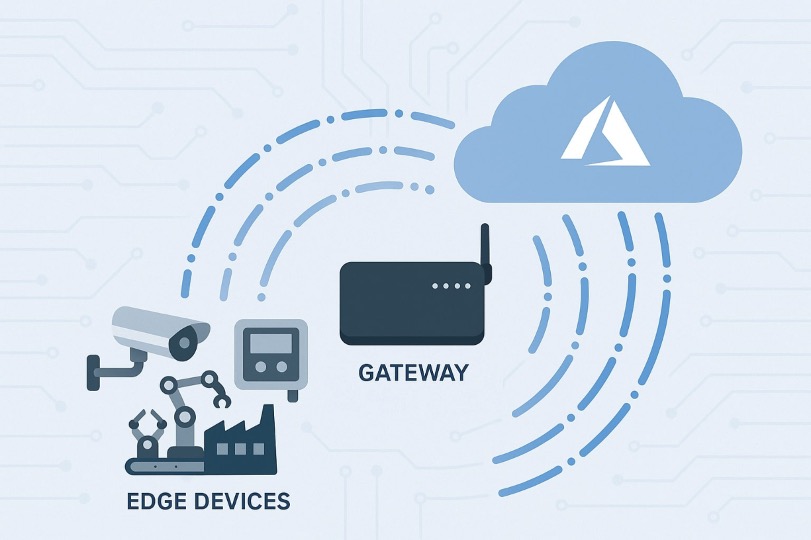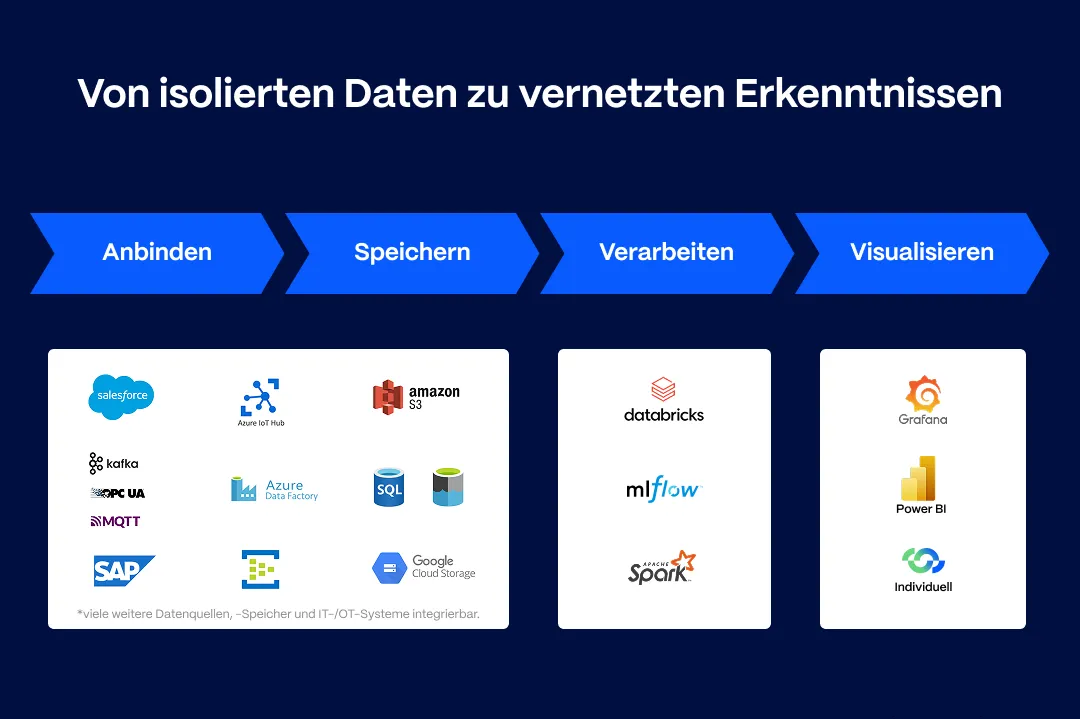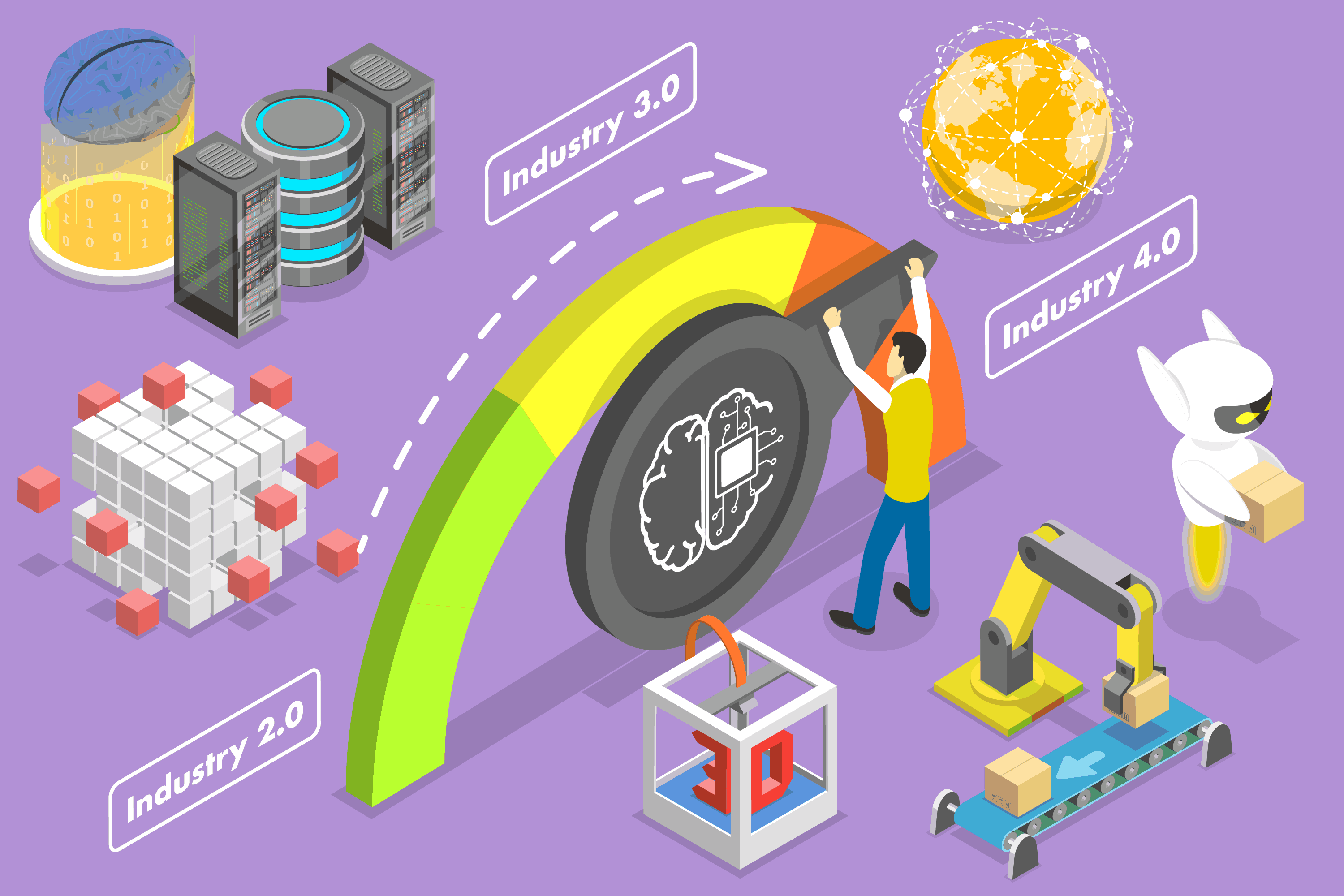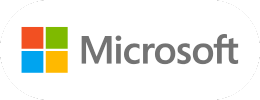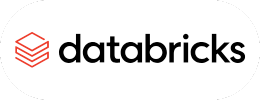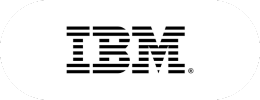Intelligent data processing: LLMs meet data lakes

In recent years, technological developments in artificial intelligence (AI) and machine learning have opened up many new possibilities. Two concepts that repeatedly emerge in this context are Large Language Models (LLMs) and Data Lakes. When used together, both technologies have the potential to significantly transform how companies handle data, analyze it, and extract knowledge.
What are Large Language Models (LLM)
Large Language Models are a core component of modern Natural Language Processing (NLP). These models are based on multi-layered neural networks that are trained using massive amounts of data to understand and generate the structure, meaning, and nuances of human language. The most impressive capability of LLMs is their context sensitivity: they can grasp the context of a conversation or text and generate relevant responses or logical continuations based on it. This is particularly valuable in use cases such as machine translation, text summarization, programming, automation of customer service inquiries, and even supporting creative processes.
Flexible Data Storage with Data Lakes
Data Lakes are central storage locations that enable companies to store large amounts of data in their original, raw format. Unlike traditional databases that store structured data in tables with predefined schemas, Data Lakes allow for much more flexible data handling. The central feature of a Data Lake is the storage of unstructured data. They can consolidate data from various sources - whether it's sensor data, social media, website logs, or a company's internal data processing. This offers companies the ability to store vast amounts of raw data without initially requiring them to conform to a fixed schema. Various analysis tools or AI models can be used for the subsequent analysis and processing of the data.
The different data structure is thus also the decisive distinguishing feature when comparing Data Lakes with a traditional Data Warehouse. While a Data Warehouse primarily contains structured and cleansed data, a Data Lake serves as a kind of "data archive" that initially functions only as storage for raw data, which is later transformed into a form suitable for analysis through transformation processes (ETL: Extract, Transform, Load).
Intelligence Meets Heterogeneity - LLMs and Data Lakes in Combination
The combination of LLMs and Data Lakes holds enormous potential for companies seeking intelligent analysis and processing of large, heterogeneous data volumes. The applications are diverse and bring numerous potential competitive advantages:
1. Data Integration and Processing with LLMs
The integration and transformation of data from various sources and formats into a uniform, queryable structure represents a central challenge in Data Lake data management, as the data often varies significantly in structure, quality, and consistency.
To address this issue, LLMs can be utilized. They are capable of generating scripts or code that cover the entire data integration process: from extraction through transformation to storage in a standardized format.
Furthermore, LLMs optimize the integration process through the use of modern technologies such as parallelization, caching, partitioning, and compression. Parallelization enables large data volumes to be divided into smaller units that can be processed simultaneously, significantly reducing processing time. Using Natural Language Understanding (NLU), LLMs can interpret metadata or documentation to apply the best optimization techniques. For example, an intelligent caching strategy can be implemented to accelerate repeated data access, or partitioning can be used to target queries to relevant data sections.
A practical example is the automatic detection of variations in data schemas between different sources. An LLM can identify these variations and make adjustments to seamlessly transform the data into a consistent format. This not only improves the quality of the integrated data but also creates the foundation for further analysis.
2. Contextualized Data Querying
One of the biggest challenges in data management and analysis in a Data Lake is finding and utilizing relevant data for a specific query. A Large Language Model can help overcome this challenge by using natural language queries to extract data from the Data Lake and establish connections. Such a model translates the intent and context of a query into database commands that retrieve and process the required data from the Data Lake. For example, an LLM could convert a query like "Show me sales by product category for the last quarter" into an SQL query. Additionally, quality and consistency checks can be performed to identify and correct errors, duplicates, or outliers.
3. Inclusion of Internal Business Policies and Activities
Another obstacle in Data Lake data analysis is understanding the data in the context of business requirements and objectives. Data Lakes often lack enriching metadata or documentation. Additionally, heterogeneous data sources use different definitions and policies.
Here, an LLM can read and interpret internal business documents such as policies, standards, and requirements. It extracts relevant information, including business objectives, metrics, and constraints, to link these with the data from the Data Lake. Using Natural Language Generation (NLG), an LLM can create metadata that describes the properties and quality of the data. This makes data analysis more targeted and better adapted to the business context.
4. Retrieval Augmented Generation (RAG)
LLMs are typically not trained from scratch, as this requires enormous computational power and data resources. Instead, companies often rely on fine-tuning pre-trained models to tailor them to specific use cases. This fine-tuning enables the model to provide more precise answers in the context of company data. The Retrieval-Augmented Generation (RAG) approach can be used for this purpose.
With this methodology, the Data Lake is integrated as an external component for information retrieval. The user query and retrieved information are transmitted together to the LLM, which uses these to generate a more precise answer.
External data that lies outside the LLM's training dataset is converted into numerical representations through various techniques and stored in a vector database. The user query is then matched with this data to extract relevant information. Subsequently, the RAG model expands the input prompt by incorporating this data into the context to generate a more accurate answer.
To ensure that the retrieved data remains current, it must be regularly updated. This continuous update process ensures that answers are always based on relevant and current information.
For example, a user asks a question about product return policies. The RAG system then searches through relevant company policies, manuals, or product documentation using vector search and extracts the appropriate information. This is then passed to an LLM, which combines the found data with its existing knowledge. Finally, the model generates a precise, context-related answer that utilizes both the retrieved facts and the AI generator's language capabilities.
A possible response could be: "According to our company policies, you can return Product X within 30 days if it is in its original packaging. Further details can be found in Section 4 of the return policies."

Use Case: The Intelligent Customer Chatbot
A particularly illustrative example of using the combination of Data Lakes and LLMs is the development of a customer-oriented chatbot. Customer inquiry management and customer service have changed significantly in recent years. Companies are increasingly relying on automated systems that can respond quickly and precisely to customer inquiries. The symbiosis of Data Lakes and LLMs shows its strengths particularly well here:
1. Analysis of Customer Data
A company could store all interactions with its customers in a Data Lake. This includes inquiries, emails, chats, reviews, and even phone records (after appropriate transcription). This data represents a valuable resource for better understanding customer behavior and needs.
An LLM can, for example, analyze customer inquiries and identify patterns in customer behavior. These patterns could indicate which questions are frequently asked or which problems commonly occur. Based on this information, the chatbot will be able to respond automatically and precisely to common inquiries.
Furthermore, the LLM could continuously learn and evolve by extracting new information and knowledge from each new customer interaction in the Data Lake. This way, the chatbot could steadily improve its capabilities and deliver increasingly precise answers over time.
2. Personalized Response Generation
Using LLMs, companies can design the chatbot to not only provide general answers to common questions but also deliver personalized responses based on the customer's historical data. This could mean that the chatbot is able to pull information about previous purchases, preferences, or interactions from the Data Lake and provide tailored recommendations based on this information.
For example, a customer who has made several inquiries about a specific product in the past could be proactively informed about new information or offers for this product during their next contact with the chatbot. The chatbot could also recognize the tone of communication and adapt accordingly – whether it's a friendly conversation or an urgent complaint.
3. Scalability and Efficiency Improvement
One of the biggest advantages of an AI chatbot is its scalability. While manual customer support often comes with high costs and limited availability, the automated chatbot enables an almost unlimited number of simultaneous customer interactions. This not only reduces waiting times for customers but also increases the company's efficiency.
Additionally, LLMs can help with error detection and resolution. When the chatbot encounters a query it cannot answer, the system could automatically forward the request to human support or incorporate the error into the LLM's training so that the model can better respond to similar queries in the future.

Problems & Challenges in Development
However, developing such a chatbot presents companies with significant challenges. First, integrating unstructured company data into a powerful Data Lake requires a deep understanding of data preparation and integration. Without optimized vector search, the inclusion of external data can be inefficient, leading to long response times or imprecise results. There's also the risk that the LLM generates incorrect or hallucinated answers, which can undermine user trust. The scaling and performance of such a system require not only high computational capacities but also continuous optimization to avoid bottlenecks. Companies opting for in-house development must build specialized expertise in Machine Learning, NLP, and data management, for which sufficient capacities are often not available. Without this expertise, there's a risk of faulty implementations, high development costs, and long time-to-market, preventing the chatbot's potential from being fully realized.
Conclusion
The combination of Large Language Models and Data Lakes is an innovative approach that helps companies efficiently utilize collected data and extract valuable insights from it.
By storing customer data in a Data Lake and analyzing this data through LLMs, companies can not only automate their customer interactions but also personalize, scale, and continuously improve them.
The potential of these technologies for customer service and many other areas is enormous and shows how the combination of Data Lakes and LLMs can create new, advanced solutions that change the way companies profitably utilize their unused data.
Reliable LLM applications are anything but simple to implement - and the step into production presents an even greater challenge for many teams. To fully exploit the potential, a well-thought-out process from data preparation through fine-tuning to continuous monitoring is crucial.If you also want to fully exploit the potential of your unused data with LLMs and RAG systems, then schedule a no-obligation consultation with our experts to get your project up and running quickly and successfully.
Share this article

.png)
%20(3000%20x%202000%20px).png)

.png)
